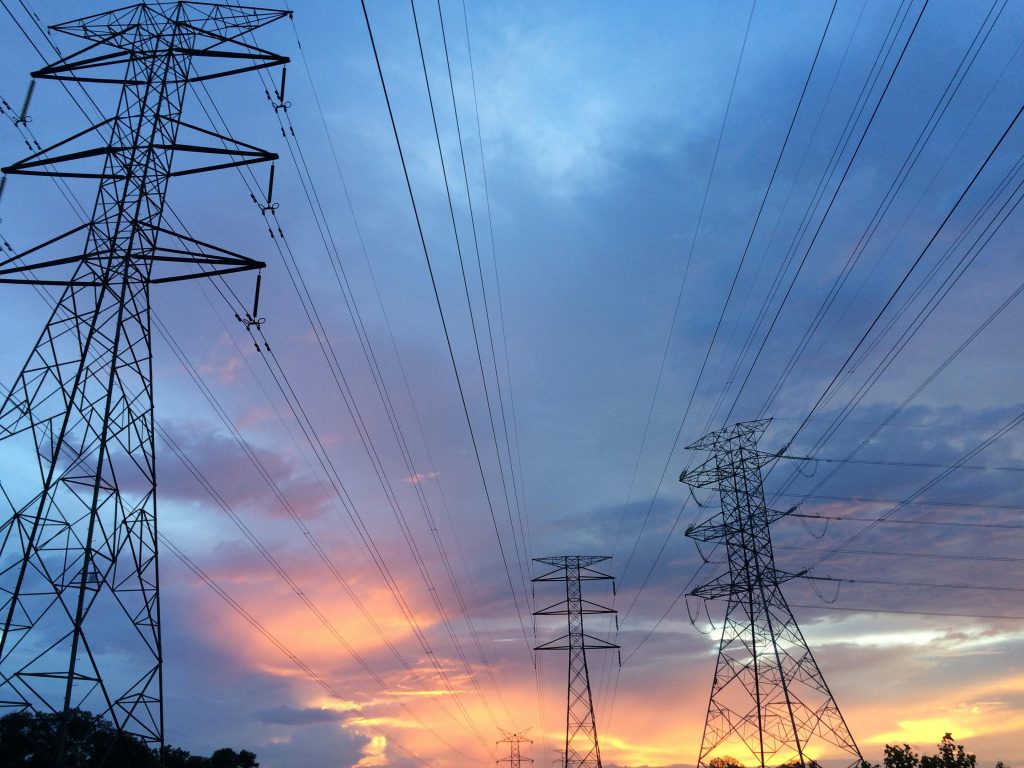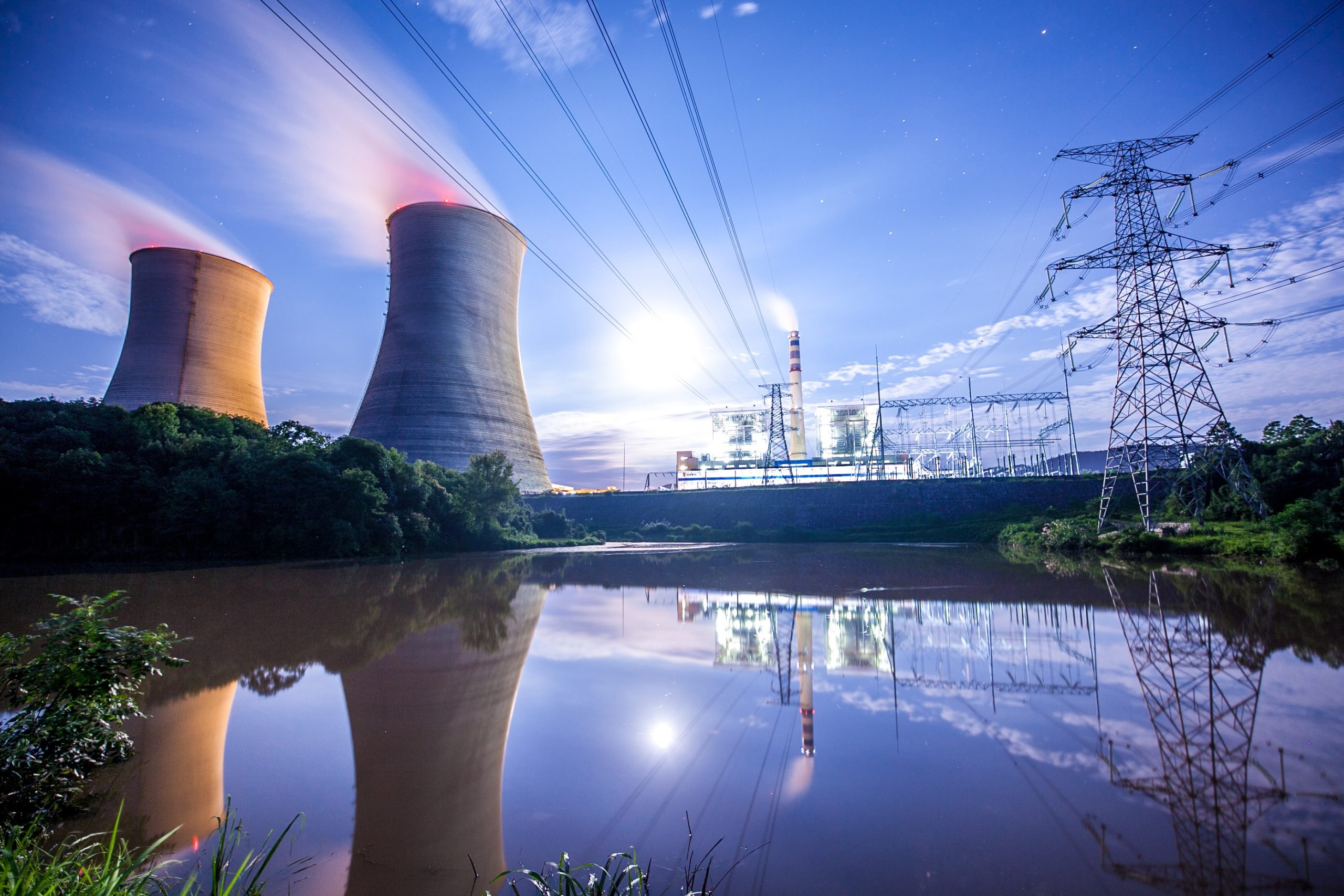Electrical

October 22, 2025
Transmission grid gets boost from federal loan guarantee
Written by Greg Wittbecker
The Department of Energy (DOE) announced it has finalized a $1.6 billion loan guarantee to AEP Transmission to upgrade 5,000 miles of transmission lines across five states.
AEP Transmission is a unit of Columbus, Ohio-based AEP, one of the nation’s largest utilities in terms of generating capacity (31,000 megawatts) and operator of over 40,000 miles of transmission lines.
The loan will help replace transmission lines in Indiana, Michigan, Ohio, Oklahoma and West Virginia.
According to the DOE press release, 2,000 miles of transmission lines in Ohio serving 1.5 million people will be replaced, with 1,400 miles each in Indiana and Michigan serving 600,000 customers. An additional 1,400 miles in Oklahoma, serving about 1.2 million people and 26 miles in West Virginia, serving 460,000 people, will be replaced.
The loan guarantee is the first offered by the Trump administration under the recently renamed Energy Dominance Financing program.
Why this matters
This reconductoring of 5,000 miles of transmission lines translates into new demand for Aluminum Core Steel Reenforced (ACSR) electric cable. The actual amount of aluminum required is dependent on the ampacity of the line. The smallest ACSR cables are 105 ka amps. The largest cables in the U.S. can reach over 700 ka amps.
Realistically, the above reconductoring will probably have amperage around 200-220 ka. Cables of this size require about 78 pounds of aluminum per 1000 feet.
If we apply this intensity of consumption to the 5,000 miles announced above, it yields about 934 metric tons of fresh aluminum demand (5,000 miles x 5,280 foot/ 1000-foot units of measure/ 2.204625)
It is tempting to think that does not seem like much incremental demand. Taken by itself, you are absolutely right.
But this announcement may be the start of the long overdue rebuilding of the U.S. grid.
The DOE released The National Transmission Needs study in 2023, finding a median need for 57% growth in transmission infrastructure by 2035. The existing size of the U.S. high voltage grid was estimated to be 642,000 miles in a 2022 study. That would imply that the expansion required would be 365,940 miles and require building around 33,000 miles per year.
The Federal Energy Regulatory Commission (FERC) released its Energy Infrastructure Update in April indicating the industry built just 888 miles of high voltage lines in 2024.
So, demand seems to be way above what the industry is mobilized to do.
The question is, does the DOE loan to AEP Transmission represent a one off or the beginning of a much larger effort to go after the DOE’s 2022 estimated need.
If the industry did mobilize to build that 33,000 miles per year, it would clearly help aluminum demand. If we apply the same amperage to this target as in our model above, it bumps aluminum demand to 6,164 metric tons.
Several things we need to consider going forward:
- The amperage on the lines will get bigger. Our model used a conservative 200-220 ka amperage. China already operates high voltage lines of up to 1,500 ka. In the U.S., it is likely that new long-distance lines will be 500-750ka. A 500-ka line will use four times the aluminum of the 200-220 ka line.
- Most high voltage lines carry three lines in a so-called single circuity and six lines in a double circuit. Those 5,000 miles of reconductoring may end up effectively being 15,000 to 30,000 line miles. So, our 934 metric tons of aluminum demand in this AEP project could end up being 2,802-5,604 metric tons.
The apparent aluminum demand may seem small, but this could gain momentum. Aluminum stands to gain from this as it owns the ACSR market.







